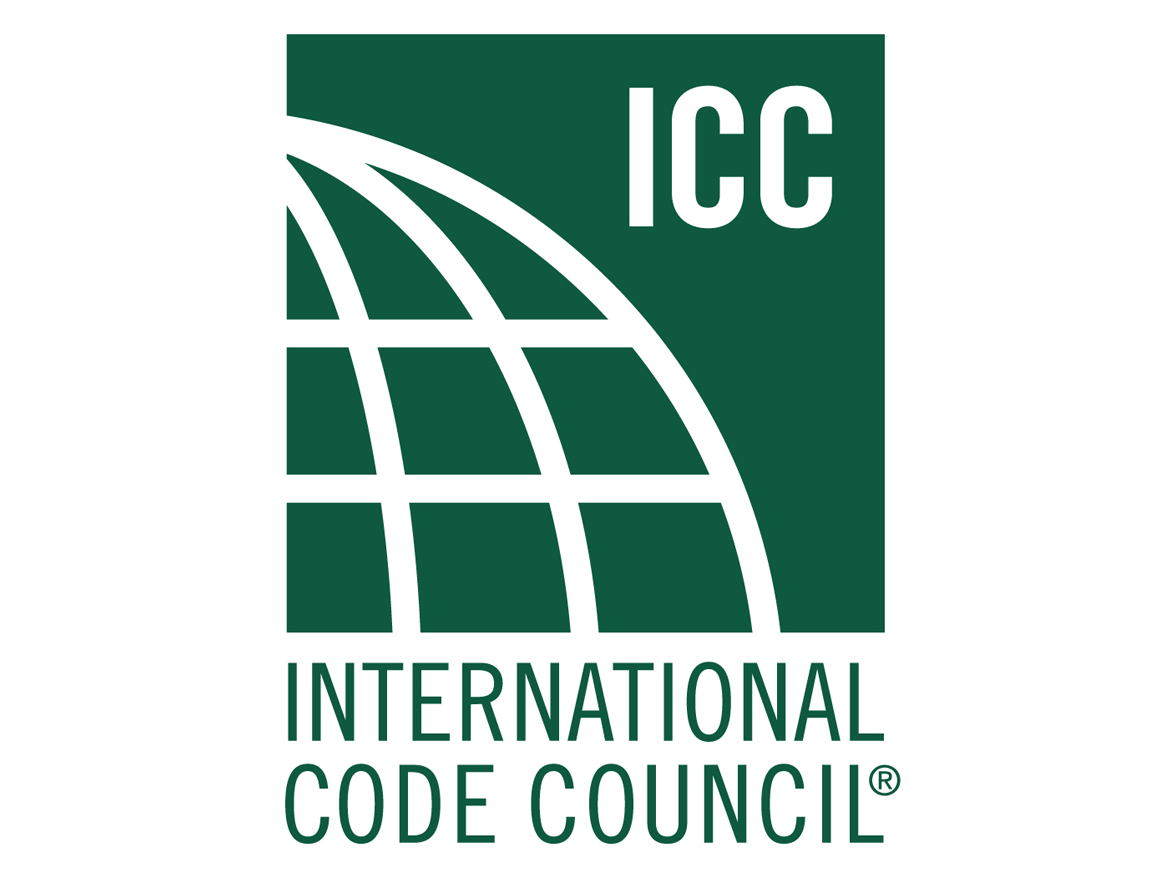A Lesson in Civics
Mass timber as a catalyst for achieving sustainability goals in civic projects
Sponsored by Think Wood
This multimedia presentation will highlight the value civic buildings provide. Such buildings are not like offices, whose owners can change over time. Instead, they are civic amenities that are intended to have a single owner – the municipality where they are located – over the long haul. This means the owner’s perspective is necessarily longer term than commercial developers, and it requires a heightened awareness of the long-term benefits that sustainable and biophilic design can bring to building occupants and the greater community.
The course will present a series of case studies to illustrate what mass timber products were specified and how these materials help achieve budget and scheduling requirements and sustainability goals while promoting occupant health and well-being. Case studies will also be used to demonstrate how long-term sustainability goals were articulated by the client and realized by the design team, with a special emphasis on why and how mass timber fit into this process.

Robert Libke Public Safety Building
LEARNING OBJECTIVES
- Describe how mass timber can be incorporated as part of an efficient and expressive structural solution.
- List the physical attributes of mass timber that support current sustainable building practices in civic projects.
- Explain why integration and collaboration with the design and build team early in the process is critical when designing with mass timber.
- Describe the importance of managing consensus and engaging with community stakeholders during the design process to ensure a more inclusive and successful net-zero civic building.












